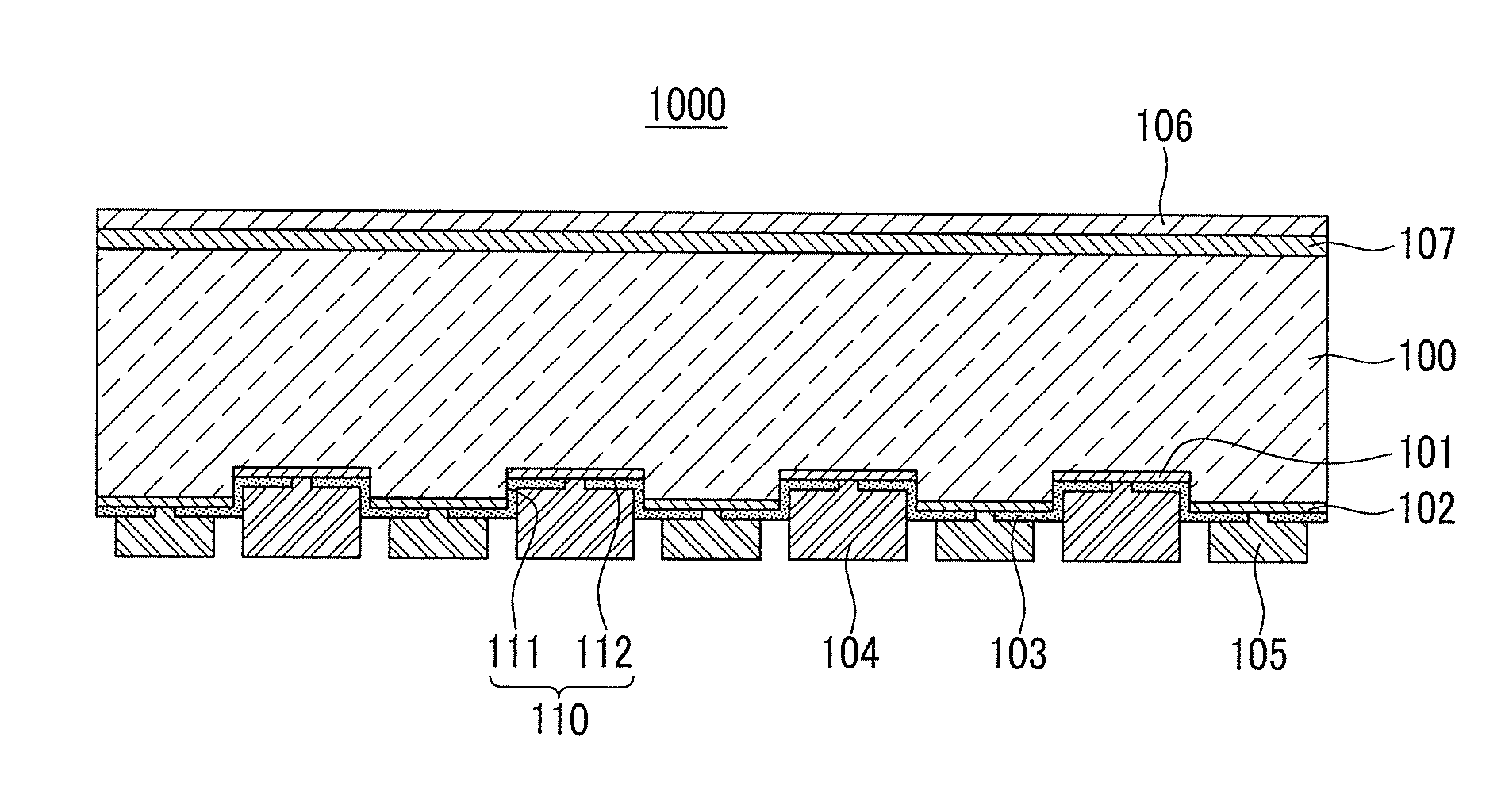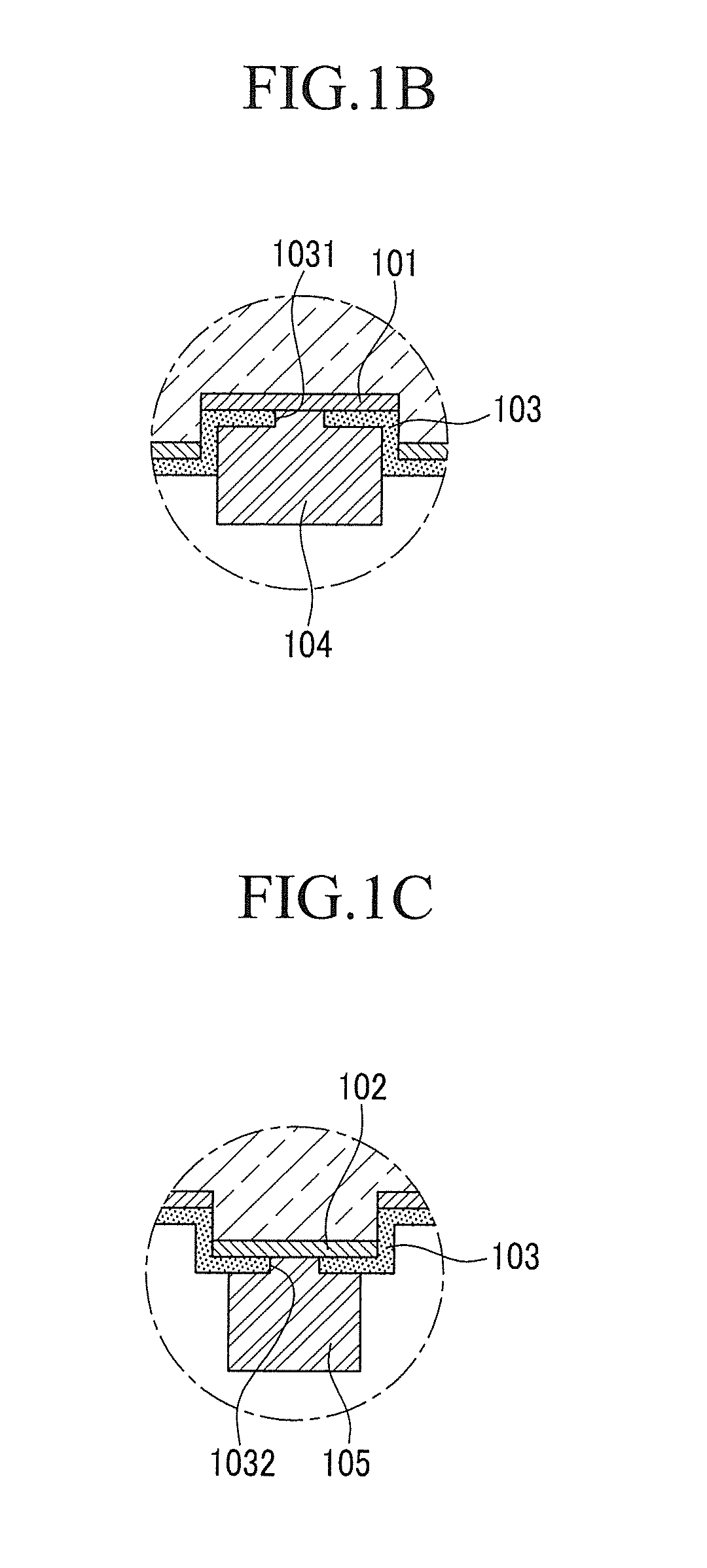Solar cell and manufacturing method thereof
a solar cell and manufacturing method technology, applied in the field of solar cells, can solve the problems of increasing manufacturing costs, consuming a considerable amount of energy, and a relatively complicated whole process, and achieve the effects of reducing process costs, reducing furnace heat treatment process, and simplifying the process of manufacturing a solar cell
- Summary
- Abstract
- Description
- Claims
- Application Information
AI Technical Summary
Benefits of technology
Problems solved by technology
Method used
Image
Examples
Embodiment Construction
[0035]The present invention will be described more fully hereinafter with reference to the accompanying drawings, in which exemplary embodiments of the invention are shown. As those skilled in the art would realize, the described embodiments may be modified in various different ways, all without departing from the spirit or scope of the present invention. Further, it will be understood that when an element is referred to as being “on” another element, it can be directly on another element or intervening elements may be present therebetween.
[0036]FIG. 1A is a schematic diagram of a solar cell according to a first exemplary embodiment, and FIGS. 1B and 1C are partially enlarged diagrams of the solar cell shown in FIG. 1A.
[0037]Referring to FIGS. 1A to 1C, a solar cell 1000 according to the first exemplary embodiment includes a semiconductor substrate 100, a first semiconductor layer 101 disposed on a back surface of the semiconductor substrate 100, a second semiconductor layer 102, a ...
PUM
 Login to View More
Login to View More Abstract
Description
Claims
Application Information
 Login to View More
Login to View More - R&D
- Intellectual Property
- Life Sciences
- Materials
- Tech Scout
- Unparalleled Data Quality
- Higher Quality Content
- 60% Fewer Hallucinations
Browse by: Latest US Patents, China's latest patents, Technical Efficacy Thesaurus, Application Domain, Technology Topic, Popular Technical Reports.
© 2025 PatSnap. All rights reserved.Legal|Privacy policy|Modern Slavery Act Transparency Statement|Sitemap|About US| Contact US: help@patsnap.com



